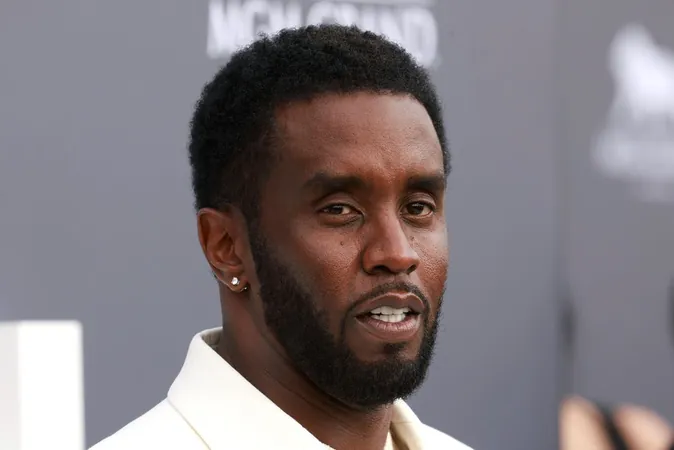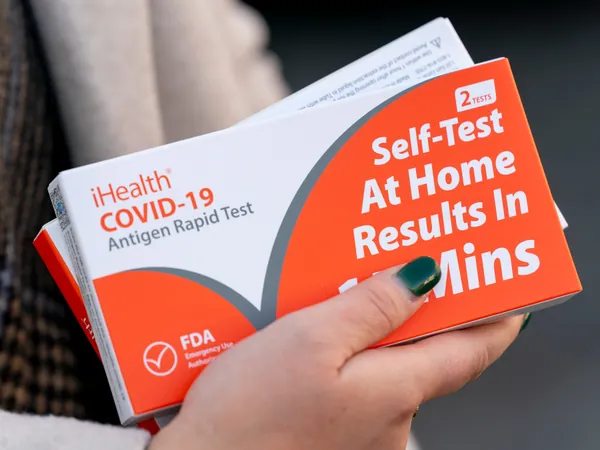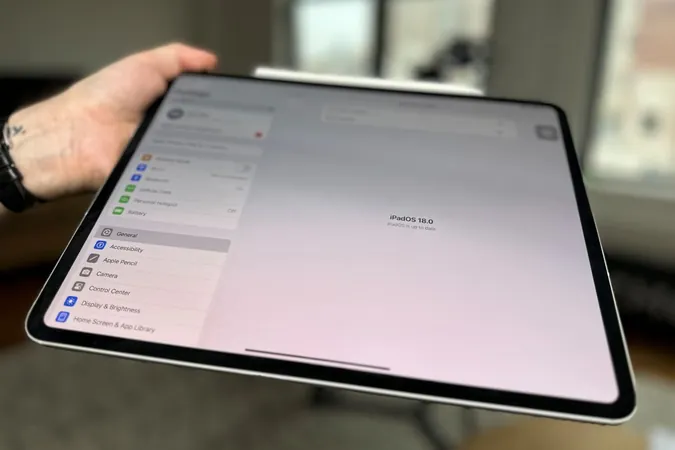
Miraculous Recovery: New AI-Powered Brain Implant Restores Movement for Paralyzed Man
2024-10-04
In an extraordinary breakthrough, a New York man paralyzed from the chest down after a diving accident is regaining mobility thanks to a revolutionary AI-powered brain implant. Keith Thomas, 46, faced unimaginable challenges after his life-altering accident in 2020, but today, incredible progress is being made that has transformed his quality of life.
Just a year ago, Thomas could only move his arms an inch, trapped in a body that no longer responded to his commands. However, after undergoing a groundbreaking 15-hour surgery, he can now extend his arm, grasp objects, and even take a sip from a cup using nothing but his thoughts and targeted stimulation from the implant. Remarkably, he has also regained the sense of touch, allowing him to feel the fur of his family's dog, a small yet profound connection to his previous life.
The tragic incident occurred when Thomas dove into a swimming pool and struck the bottom, resulting in a broken neck. Recalling the harrowing experience, he shared, "I blacked out and couldn’t move," emphasizing the isolating nature of his recovery during the COVID-19 pandemic.
Thomas underwent this innovative procedure at the Feinstein Institutes for Medical Research in New York, where a pioneering double neural bypass implant was placed in his brain. This groundbreaking clinical trial represents the first time that the brain, body, and spinal cord have been electronically linked in a human to restore lasting movement and sensation.
Leading the surgical team, Dr. Ashesh Mehta, along with principal investigator Chad Bouton, explained that the procedure involved implanting five microchips in Thomas's brain—two in the movement center and three related to touch sensation. These microchips are connected to ports in Thomas's skull, linked to a powerful AI-driven computer that interprets his brainwaves and translates them into movement signals. This precise, sophisticated technology enables Thomas to communicate with his body again after years of paralysis.
Following the surgery, Thomas has achieved remarkable milestones, surpassing medical expectations. Just months later, he felt the touch of his sister's hand for the first time in three years, an emotional moment that left everyone in the lab in tears. He has also managed to double his arm strength and has recently lifted a cup of tea to his mouth independently. "This was an amazing moment," said Bouton, "and it's what we’ve strived for during these past few years."
The road to recovery continues, with hopes that Thomas may one day regain full independence, including the ability to drive a motorized wheelchair without assistance. His ambition is to inspire others to participate in clinical trials or to support those undergoing similar treatments.
The research team is optimistic about the future prospects of Thomas and others in similar situations. They are actively seeking more participants for their expanding clinical trials as they believe that the integration of AI with brain-computer interface technology has the potential to revolutionize paralysis treatment.
As Thomas continues to make progress, he describes his journey as “mind-boggling,” expressing hope that his recovery could pave the way for others battling paralysis. "Every day, I feel like we are accomplishing more and more," he stated, capturing the essence of resilience and hope shared by many facing daunting health challenges.
This pioneering work in medical technology could mark the beginning of a new era in rehabilitation and recovery for paralyzed patients, offering a glimmer of hope for innovative therapies driven by artificial intelligence.




 Brasil (PT)
Brasil (PT)
 Canada (EN)
Canada (EN)
 Chile (ES)
Chile (ES)
 España (ES)
España (ES)
 France (FR)
France (FR)
 Hong Kong (EN)
Hong Kong (EN)
 Italia (IT)
Italia (IT)
 日本 (JA)
日本 (JA)
 Magyarország (HU)
Magyarország (HU)
 Norge (NO)
Norge (NO)
 Polska (PL)
Polska (PL)
 Schweiz (DE)
Schweiz (DE)
 Singapore (EN)
Singapore (EN)
 Sverige (SV)
Sverige (SV)
 Suomi (FI)
Suomi (FI)
 Türkiye (TR)
Türkiye (TR)